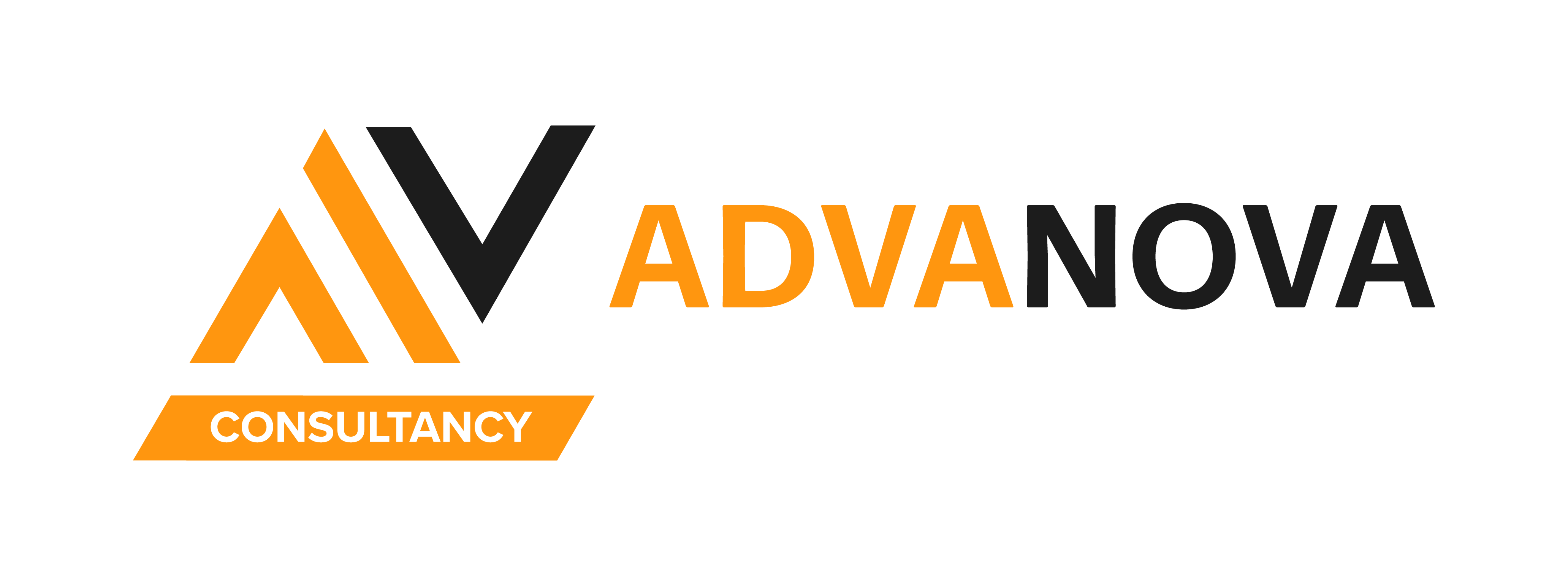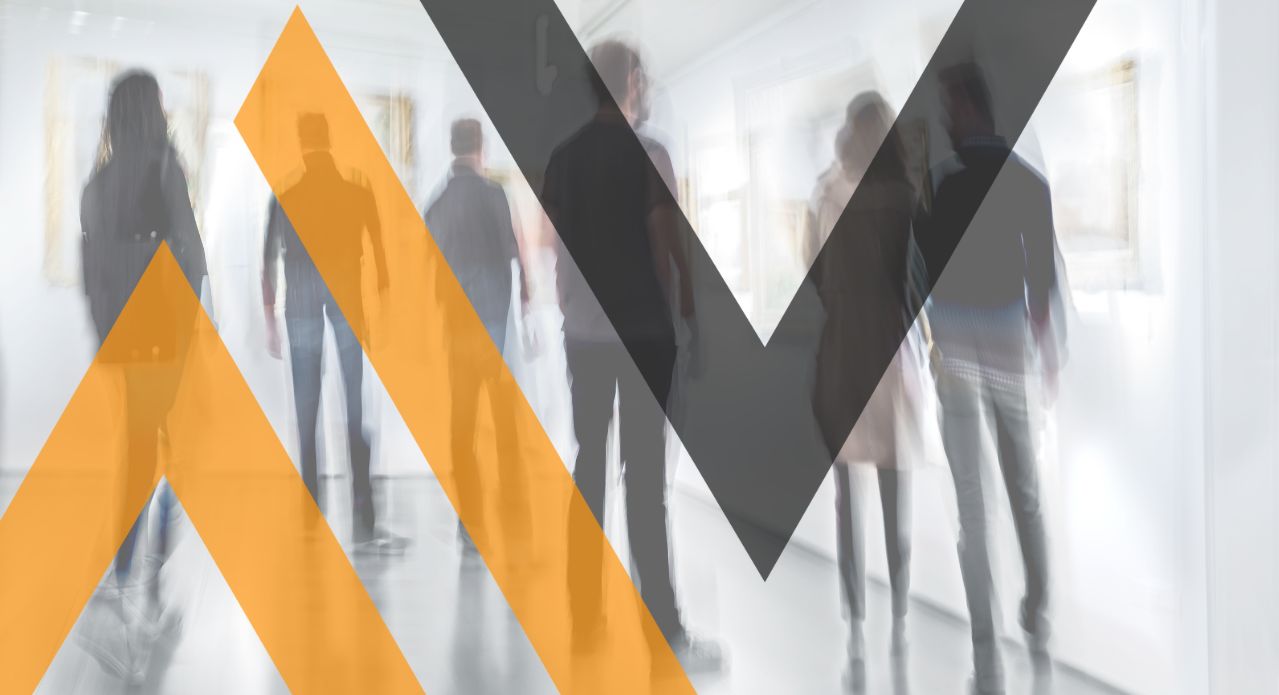As we move on from the pandemic and back into the workplace, the validity of the office space comes into question. In particular, increased utilities and real estate costs mean we have to make optimal use of every inch – or risk losing money.
Calculating space utilisation
To get a better ROI with effective space management, we need to look at the right metrics. People-counting technology is ideal for looking at people passing in and out of a building each day. But it does so much more than that.
We might look at KPIs such as:
- Availability versus occupancy – the number of workspaces available versus the number of people using it
- Target and actual ratios – the ideal ratio of people to workspaces, allowing them freedom to breathe but also to collaborate with others
- Peak utilisation – the period with the highest space occupancy, for example, when meeting rooms are most likely to be booked out
- Cost per square foot – the value of each square foot based on the workspace lease cost.
Getting the best from our space usage isn’t about being at 100% occupancy the whole time. In fact, this is discouraged as it doesn’t allow for flexibility. A last-minute need for the conference room could cause chaos if there’s no margin for error.
We also need to consider employee wellbeing. By looking at floor plans and office space utilisation, we can improve the workplace experience. Colleagues need to know there are areas where they can collaborate, but also work autonomously. The same applies to students – giving them flexibility to be creative and studious.

How space management software helps
People-counting technology grew in popularity during the pandemic. It helped to automate the manual, costly process of measuring how many people entered and left a building for social distancing purposes.
Today, it’s an essential tool in long-term decision-making. Using features such as heat mapping, attendance tracking and monitoring movement between spaces, it gives us invaluable data.
Optimising resources
Certain areas of an office or academic space may only be used at key times. With real-time data, we can ascertain when these times are – and then turn down heating or lighting when it’s not in use.
Likewise, we can allocate staff resource for popular hours and cut back on costs in less popular times.
Understanding dwell time
People-counting is not just about tracking entrances and exits, but overall dwell time. How long a student or employee stays in a space provides key insights into their engagement. It may offer managers information on staff performance, for example.
Universities may analyse how long students are staying in one place.
Improving the user journey
Space management software allows us to understand how people move around a building. This may be effective for crowd control, for example, during switchover of lecture periods. It also helps us to plan spaces better, such as adding food and drink or washroom facilities, or breakout areas.
We can use this data to overcome obstacles. If people cannot access a certain resource due to crowding, we may add secondary outlets.
Maximising security
Tracking software gives building managers a better idea of numbers entering their building. This could identify any potential suspicious activity, ideal for areas with high traffic numbers.
Beyond these benefits, space planning software can incorporate predictive analytics for future decision-making. This may affect long-term plans such as building development or general business expansion. And it’s all available in AdvaNova Consultancy’s simple-to-use tools.
University case study
The team at AdvaNova responded to a university RFI with a common space planning problem. There was a conflict between two camps. One half believed they needed more square footage, while others said that certain areas were just more popular.
We put forward a people-counting solution, which would present a better picture of space utilisation within the buildings. Using the above mentioned space utilisation metrics, we proposed studying how people made use of space.
AdvaNova suggested they collect data in real time to see whether or not they did indeed need a bigger space allocation. This would give facilities managers an insight into occupancy levels, including:
- Most and least popular times
- Energy usage such as lighting and heating
- Dwell time in each area.
They could also monitor user journeys by studying how people moved from one work environment to the next.
In turn, this would help to optimise space costs. The university could look at where students could use workstations in quieter periods or leverage existing space more effectively.

Need to make better use of your space?
From saving energy to improving wellbeing, space management is essential for modern-day organisations. At AdvaNova Consultancy, we offer a wide range of attendance-tracking and people-counting solutions to help you monitor key metrics.


